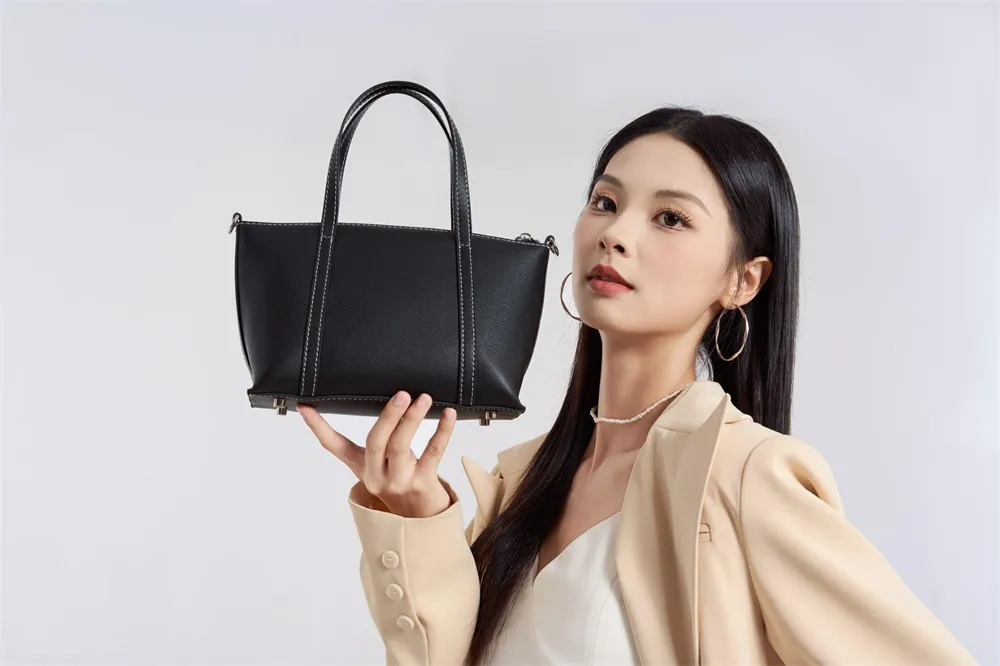For brand buyers and procurement specialists, mastering how to choose high quality leather bag products represents a crucial business competency that directly influences brand reputation, customer retention, and long-term profitability. This comprehensive guide delivers essential expertise to support informed bulk purchasing decisions in the competitive accessories market. Understanding how to choose high quality leather bag collections requires meticulous examination of material authenticity, craftsmanship precision, and supplier manufacturing capabilities to guarantee consistent quality across all product lines and seasonal releases.
The foundational step in learning how to choose high quality leather bag inventory involves detailed analysis of leather varieties and their performance characteristics. Different leather types present varying levels of durability, texture development, aging patterns, and maintenance requirements that significantly influence product longevity and consumer satisfaction. Beyond basic categorization, knowledgeable buyers should consider tannage methods, hide thickness, and finishing techniques that determine the material's suitability for specific bag styles and target markets.
1.Full-Grain Leather: The premium selection preserving the hide's complete natural surface, developing distinctive rich patina through years of use while delivering exceptional structural durability
2.Top-Grain Leather: A refined alternative with surface imperfections carefully removed, providing reliable durability with enhanced consistency for standardized production runs
3.Genuine Leather: A lower-tier processed leather lacking the longevity and aging
qualities of superior options, typically coated with synthetic materials
When assessing manufacturing partners, their dedication to comprehensive leather bag quality assurance must include transparent material traceability, detailed specification documentation, and willingness to provide material samples for independent quality verification.
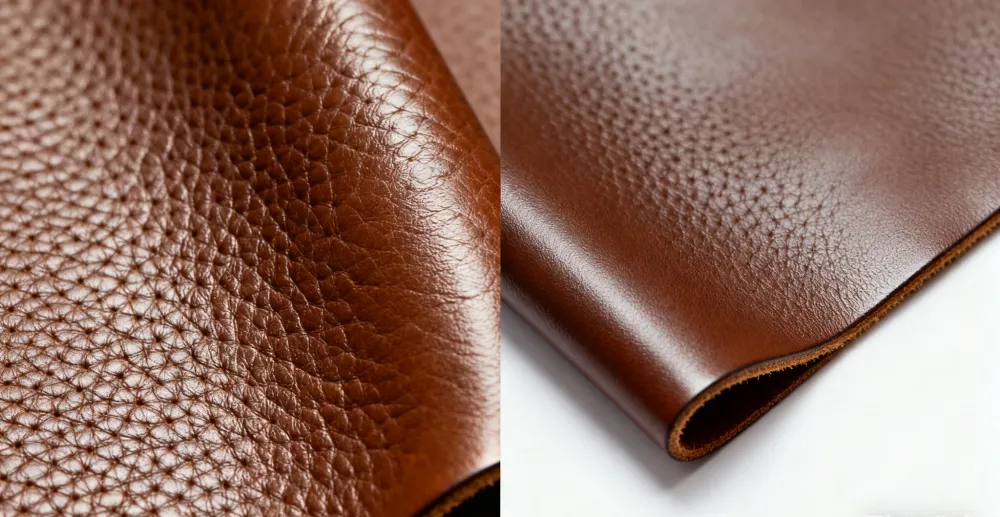
Knowing how to choose high quality leather bag products demands thorough construction analysis and understanding of manufacturing methodologies. Superior materials achieve their full potential only when paired with expert craftsmanship that transforms them into durable, functional products meeting modern consumer expectations.
1.Stitching Excellence: Inspect for uniform, tight stitching employing high-quality thread, with special attention to stress points including handle attachments and strap connections
2.Edge Finishing Precision: Meticulously finished edges prevent future fraying while demonstrating manufacturing sophistication and attention to detail
3.Structural Soundness: Evaluate how individual components integrate to create balanced weight distribution and long-term reliability
Comprehending these technical aspects enables establishment of robust leather bag quality assurance protocols for bulk manufacturing, allowing brands to implement precise quality control checkpoints throughout production cycles.
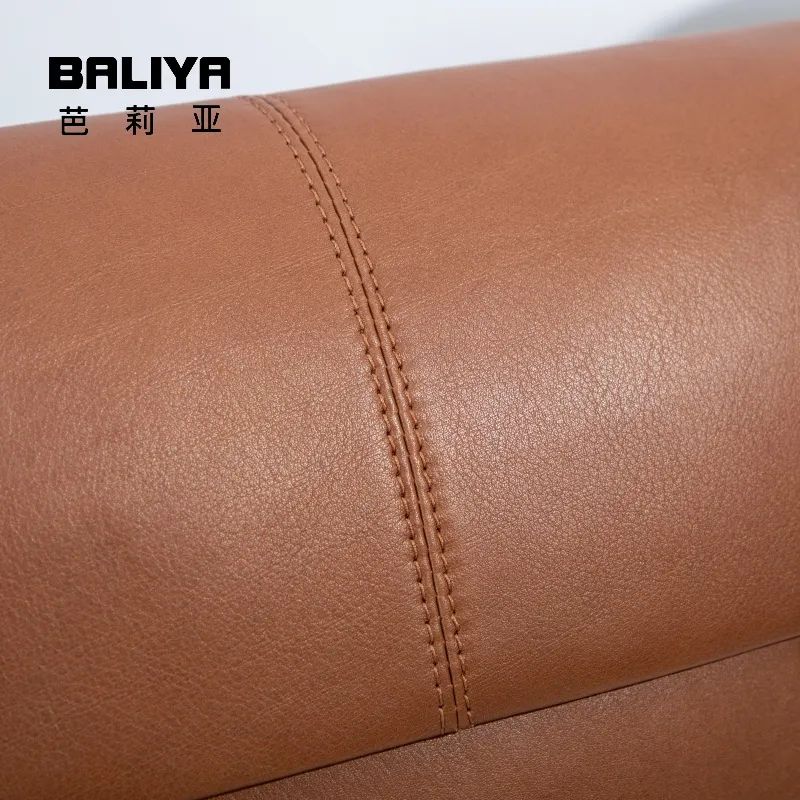
The sophisticated process of how to choose high quality leather bag designs necessarily incorporates rigorous hardware assessment. These functional elements profoundly impact daily usability, customer experience, and perceived product value across all price segments.
1. Premium Fastening Systems: Select established manufacturers renowned for operational reliability and smooth performance under frequent use conditions
2.Durable Metal Components: All hardware should demonstrate substantial weight, smooth operation, and even finishing that resists tarnishing
3.Strategic Reinforcement: Critical stress areas require engineered strengthening solutions that properly distribute tension and prevent premature failure
Implementing systematic testing procedures for all hardware elements constitutes an essential component of any professional leather bag quality assurance program for volume production.
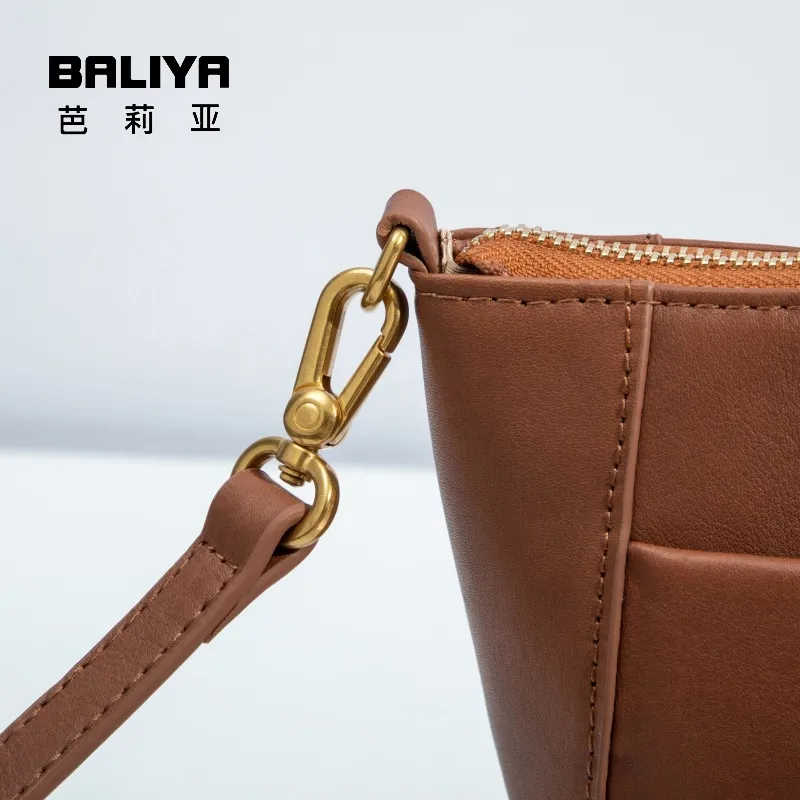
Understanding how to choose high quality leather bag models involves evaluating practical design elements that enhance usability, comfort, and long-term satisfaction. The most aesthetically pleasing bag becomes disappointing if it fails functionally, making ergonomic considerations equally important as visual appeal.
1.Intelligent Compartment Layout: Logical organization with appropriately sized pockets addresses specific user needs while protecting contents
2.Ergonomic Weight Management: Balanced construction ensures carrying comfort through properly proportioned straps and strategic weight placement
3.Thoughtful Accessibility: Strategic pocket configuration improves functionality with external access for frequent items and secure internal storage
These practical evaluations help identify designs that successfully merge aesthetic appeal with genuine utility, creating products that users incorporate into their daily routines rather than reserve for occasional use.
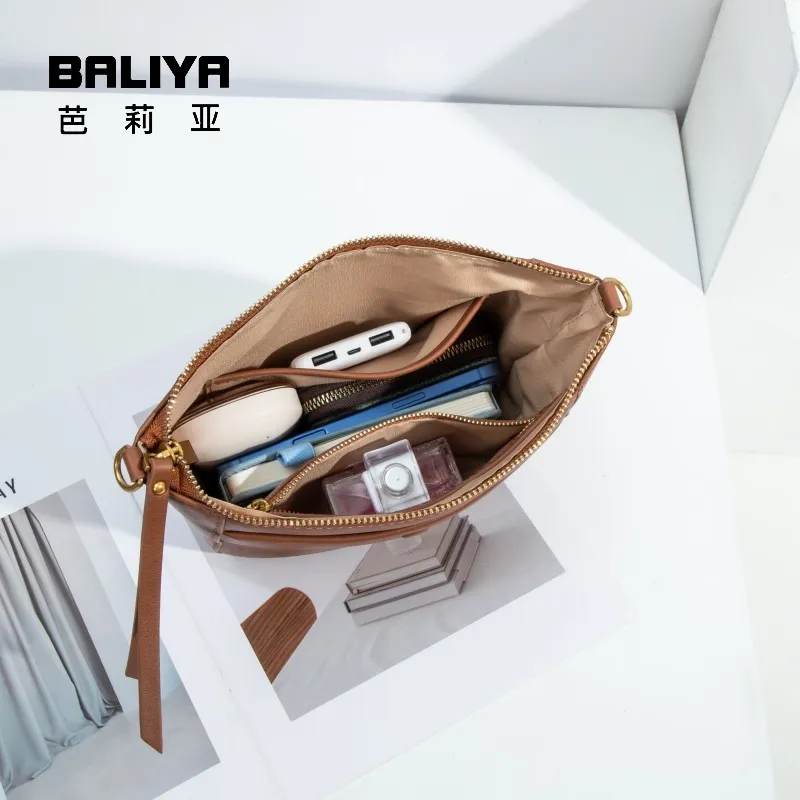
The decisive phase in learning how to choose high quality leather bag collections involves comprehensive supplier evaluation and relationship management. Your manufacturing partner fundamentally determines consistent quality across production batches, delivery dependability, and capacity to support business growth.
1.Thorough Sample Assessment: Require full production samples representing actual manufacturing conditions for rigorous real-world testing
2.Manufacturing Capability Verification: Evaluate capacity to maintain quality standards at scale through facility audits and production documentation review
3.Quality System Validation: Confirm commitment to systematic leather bag quality assurance through documented inspection procedures and defect management systems
Establishing clear communication channels, regular production updates, and quality milestone reviews ensures alignment throughout manufacturing processes and prevents unexpected issues at delivery.
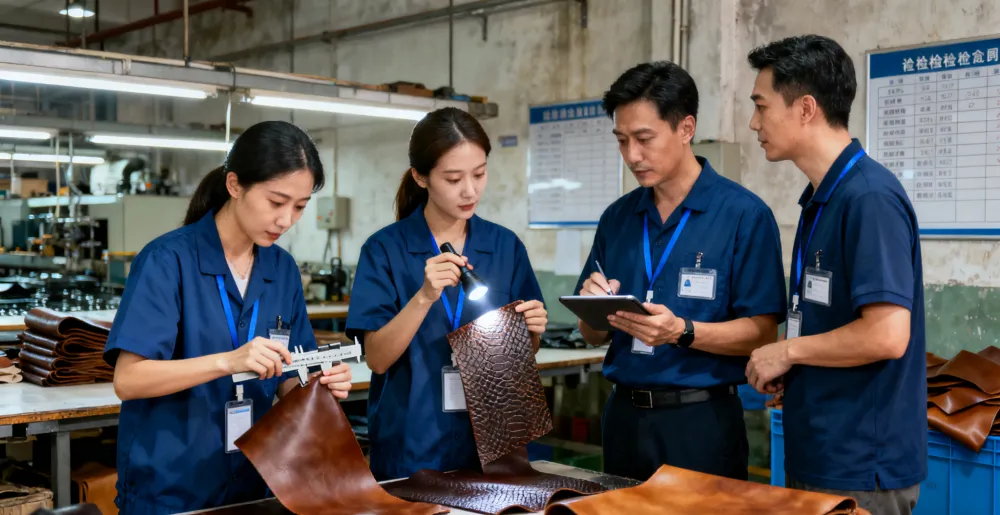
When product longevity and customer satisfaction are prioritized, understanding the most durable type of leather becomes essential for intelligent sourcing decisions. Full-grain leather, particularly from dense hide sections, represents the most durable type of leather available commercially, providing superior resistance to daily abrasion, environmental exposure, and structural stress while evolving distinctive character through years of use. For applications demanding extreme toughness, specially treated leathers offer additional protection against harsh conditions. The natural fiber density of quality full-grain leather enables it to withstand physical challenges far better than processed alternatives, making it the wise selection for products designed to endure beyond seasonal trends.
Mastering the multifaceted process of how to choose high quality leather bag products empowers brands to deliver exceptional value, cultivate customer trust, and create market distinction in a competitive landscape. By prioritizing superior materials like the most durable type of leather and implementing rigorous, systematic leather bag quality assurance protocols throughout design and manufacturing processes, you develop collections that transcend temporary trends while exceeding consumer expectations. Authentic quality extends beyond surface appearance to encompass structural integrity, functional intelligence, manufacturing consistency, and supplier reliability—the interconnected characteristics of products that endure both physically and commercially. The disciplined application of these selection principles positions your brand for sustainable growth through products that customers cherish, recommend, and repurchase throughout their lives, ultimately transforming individual transactions into lasting brand loyalty.
